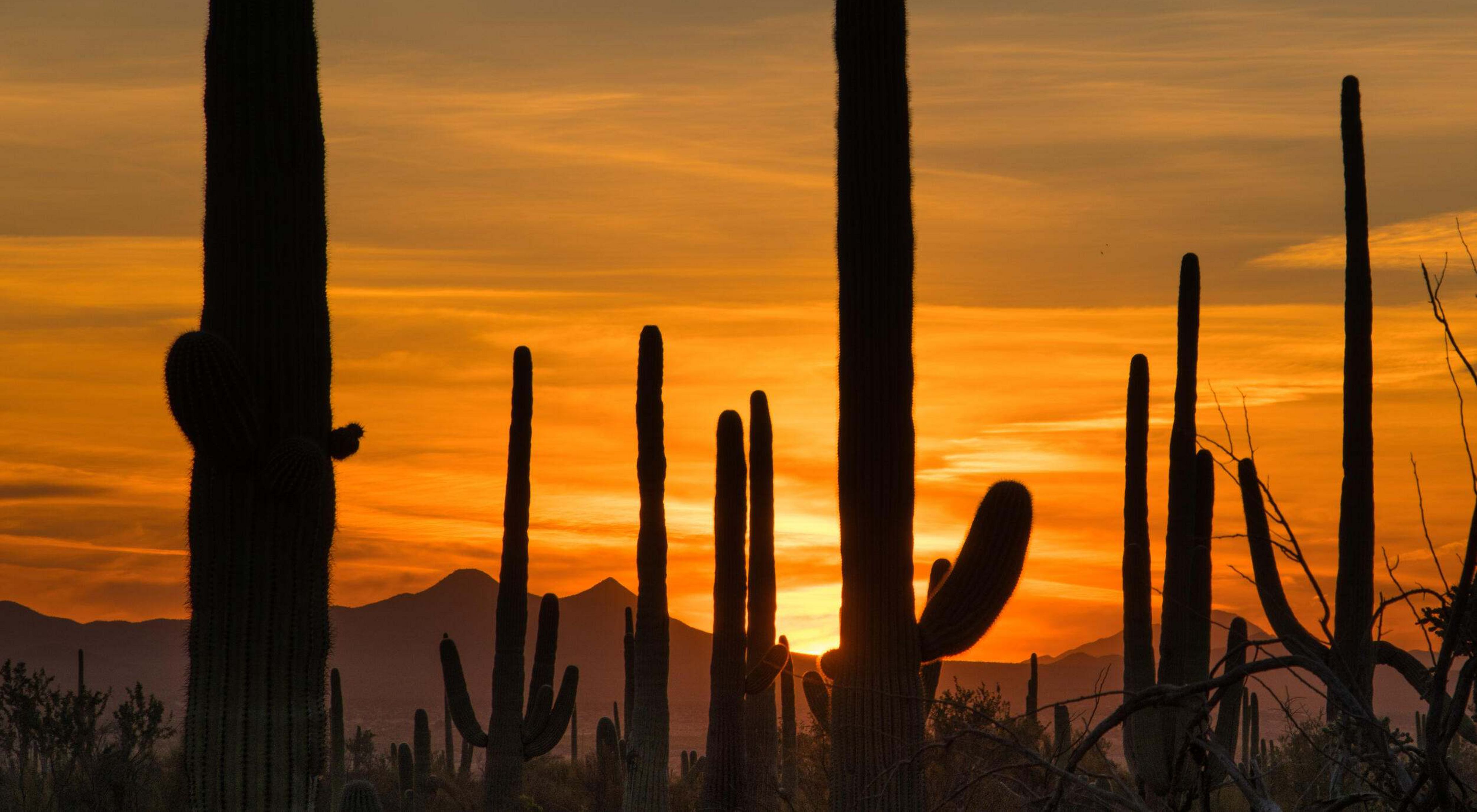#1 – Stay informed on climate action in your community.
When it comes to climate change people often think, what can one person do? But as Katherine Hayhoe, The Nature Conservancy’s chief scientist says, “The most important thing you can do to fight climate change is to talk about it.” One way to start those conversations is to learn why it matters and how to help fix it. Join us on Wednesday, January 31st at 9 a.m. for TNC Arizona’s Climate Action in Cities and Towns online webinar. Nicole Hill, TNC Arizona’s climate program director, will moderate a panel discussion with Mesa Mayor John Giles, Flagstaff Mayor Becky Daggett and the Director of the Governor’s Office of Resiliency Maren Mahoney to hear more about how their cities are taking climate action. Register today!
#2 – Visit a TNC preserve, share your photos and tag us on social media.
Throughout the year, our preserves offer a variety of unique experiences. From accessible nature trails and birdwatching at Patagonia-Sonoita Creek Preserve to hiking the Hamburg Trail and seeing the leaves change at Ramsey Canyon, the places we protect provide the greatest Instagrammable moments. Who needs a selfie museum when nature provides us with the biggest and best backdrop?!
#3 – Make your gardening and landscaping more sustainable with rainwater harvesting.
While “Arizona” and “rain” aren’t the most synonymous terms, perhaps that is what makes rainwater harvesting so intriguing… and valuable. Experiment with rainwater harvesting – collecting and storing rain, rather than allowing it to run off – in order to support your landscaping and gardens. Rainwater harvesting is one of the oldest and simplest methods of self-supply water as it can be collected from any roof-like structure. However, if utilizing for other personal uses be sure to do your research regarding water treatment requirements.
#4 – Volunteer in nature! Sign up to join a clean-up initiative or invasive species removal.
Not only is there beauty in nature, but there’s beauty in the fact that we can each do our part to keep our mountains, trails and parks in great shape. Consider signing up for a clean-up initiative through groups like Keep Nature Wild or participate in the Aravaipa Habitat Project with Sky Island Alliance to remove invasive species. Currently, TNC Arizona is seeking the following volunteer support: site hosts, stewardship project support, trail maintenance assistants, nature walk guides, greeters and more.
#5 – Reflect on personal choices.
A new year provides new opportunities to reflect on our daily choices and little by little, we can make minor changes that over time can lead to significant impact. Take advantage of carpooling or biking to work. Try eliminating single-use plastics like drinking straws and grocery bags and replacing plastic Tupperware with glass containers. Buy second-hand goods, such as clothing, housewares and electronics, which will help reduce waste that overflows our landfills and damages our planet. Calculate your carbon footprint and learn actions you can take to reduce it.
Whether you take on one or more Nature Resolutions this year, we hope you’ll share your experiences with us via Instagram and Facebook. Have a healthy and happy 2024!
The Nature Conservancy is a global conservation organization dedicated to conserving the lands and waters on which all life depends. Guided by science, we create innovative, on-the-ground solutions to our world’s toughest challenges so that nature and people can thrive together. We are tackling climate change, conserving lands, waters and oceans at an unprecedented scale, providing food and water sustainably and helping make cities more sustainable. The Nature Conservancy is working to make a lasting difference around the world in 81 countries and territories (40 by direct conservation impact and 41 through partners) through a collaborative approach that engages local communities, governments, the private sector, and other partners. To learn more, visit nature.org or follow @nature_press on X.
